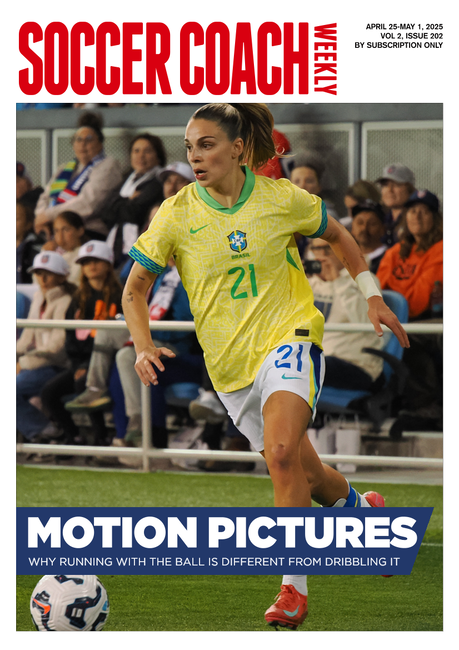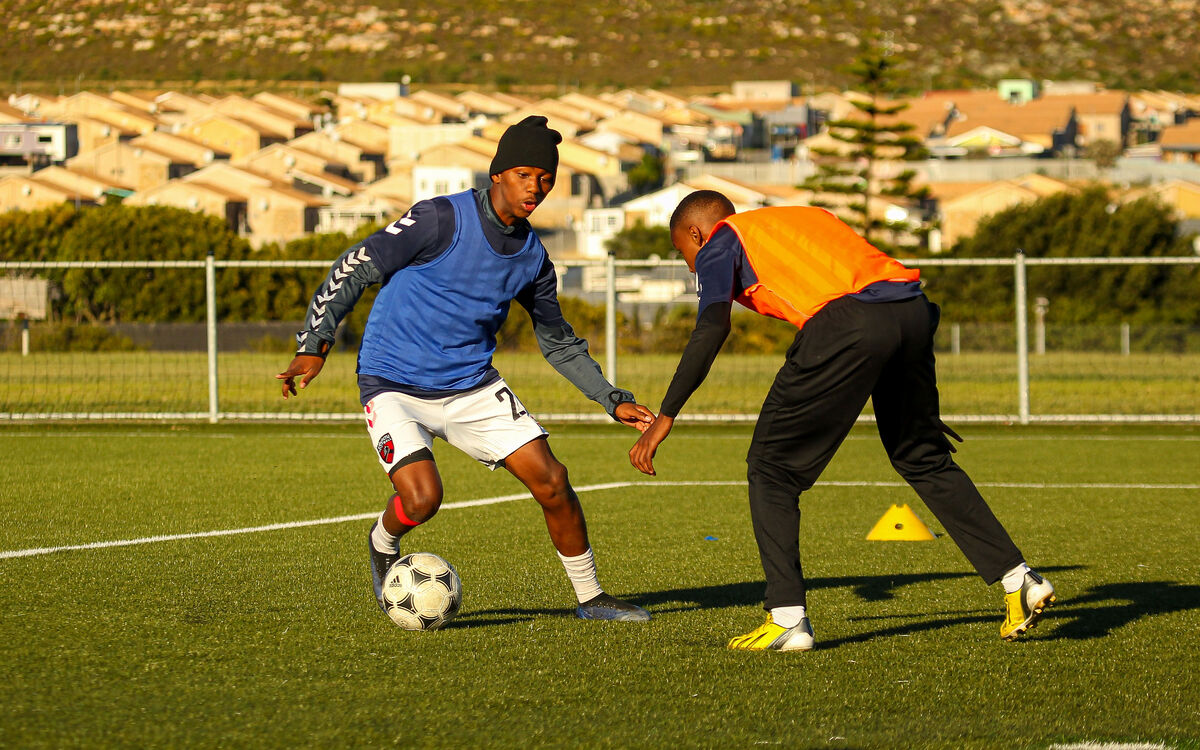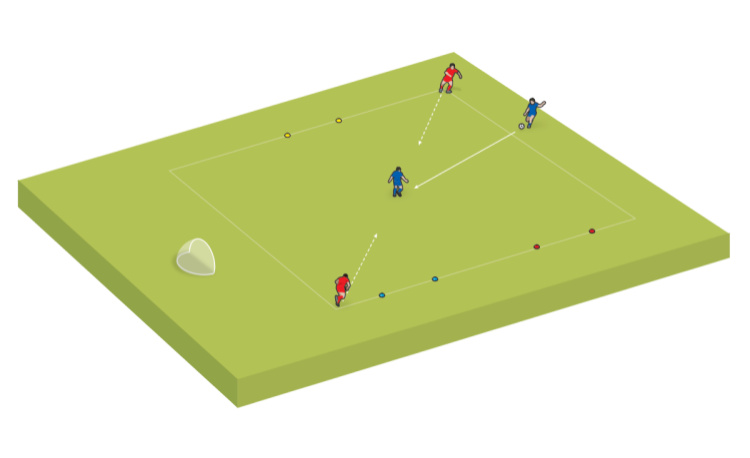Coaching feedback – what, when and how?
In the second article of a three-part series on best practice in coaching, James Mayley considers the key cornerstones when it comes to evaluating players
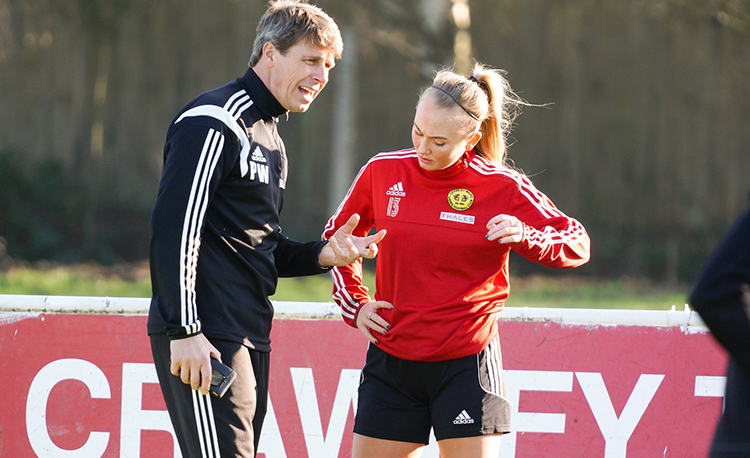
The first article in the series was all about task design - the next step is to consider how to appropriately guide player development within the chosen activities.
This article looks at this question by focusing on player evaluation, in the form of feedback - which can be broken down into what, when and how to provide it.
What feedback to give
Feedback can be given with an internal or external focus.
To understand the difference, think about the action of passing the ball. An internal focus would mean providing feedback on the movement of the body, whereas an external focus directs the player’s attention to their relationship with the ball.
Studies have found that maintaining an external focus can lead to quicker development, while an internal focus can make players self-conscious or lead to over-thinking. This, in turn, slows down the motor-neural pathways which allow techniques and skills to be executed.
This may come as a surprise to some coaches. However, it is important to remember that players typically cannot see what their body looks like during performance - therefore, providing an external reference point to anchor their focus can be a powerful tool.
An external focus may also help players find effective movement patterns which work for them, rather than constraining them to ‘textbook’ movements which may not be appropriate for all players.
The ’what’ of feedback also covers whether that feedback is provided in a prescriptive, or descriptive, manner.
Prescriptive feedback involves telling players what to do to correct errors. It is typically more useful for relatively new or low-skilled learners, who may not have sufficient knowledge to self-correct.
As players become more advanced, they may benefit from more descriptive feedback. In such instances, coaches give players information regarding what the player did, rather than explicitly informing them of how to correct or adapt their performance.
Descriptive feedback can have a number of benefits for more advanced players. It allows players to take an active role in their learning, which can lead to a greater understanding of when, why and how to perform certain actions.
"There is very small capacity for new information in our working memory..."
This approach can also lead to more of the knowledge being retained and encourages players to take ownership for their learning when a coach isn’t there to provide feedback.
When to give feedback
Here, consider both the frequency and timing of feedback.
In terms of frequency, less regular feedback is typically more effective, especially in the later stages of a player’s development.
There is very small capacity for humans to store new information in our working memory, which can be easily overloaded when multiple instructions are given in a short period of time.
However, if knowledge is provided to players slowly over the course of multiple sessions, it gives players sufficient practice time to convert knowledge into long-term memory.
Unlike working memory, long-term memory is of almost endless capacity - and once knowledge is stored as long-term memory, working memory is freed up to take on the next piece of information.
Thank you for reading
to enjoy 3 free articles,
our weekly newsletter, and a free coaching e-book
Or if you are already a subscriber, login for full access
Newsletter Sign Up
Coaches Testimonials
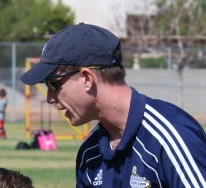
Gerald Kearney, Downtown Las Vegas Soccer Club

Paul Butler, Florida, USA

Rick Shields, Springboro, USA

Tony Green, Pierrefonds Titans, Quebec, Canada
Subscribe Today
Discover the simple way to become a more effective, more successful soccer coach
In a recent survey 89% of subscribers said Soccer Coach Weekly makes them more confident, 91% said Soccer Coach Weekly makes them a more effective coach and 93% said Soccer Coach Weekly makes them more inspired.
*includes 3 coaching manuals
Get Weekly Inspiration
All the latest techniques and approaches
Soccer Coach Weekly offers proven and easy to use soccer drills, coaching sessions, practice plans, small-sided games, warm-ups, training tips and advice.
We've been at the cutting edge of soccer coaching since we launched in 2007, creating resources for the grassroots youth coach, following best practice from around the world and insights from the professional game.

